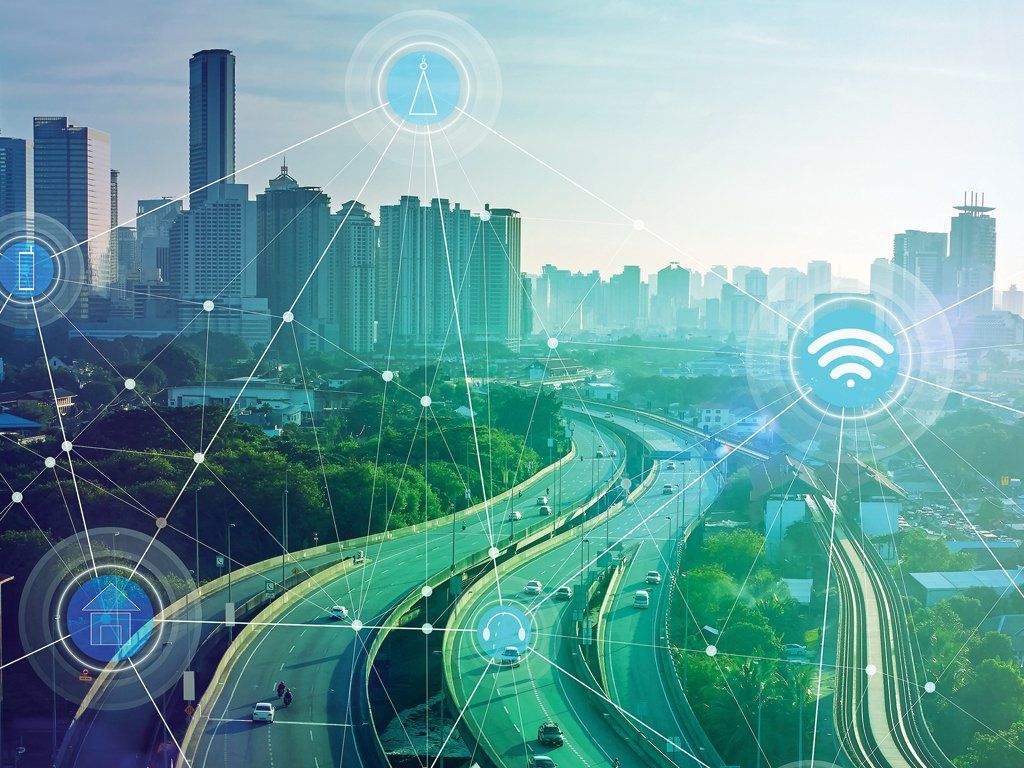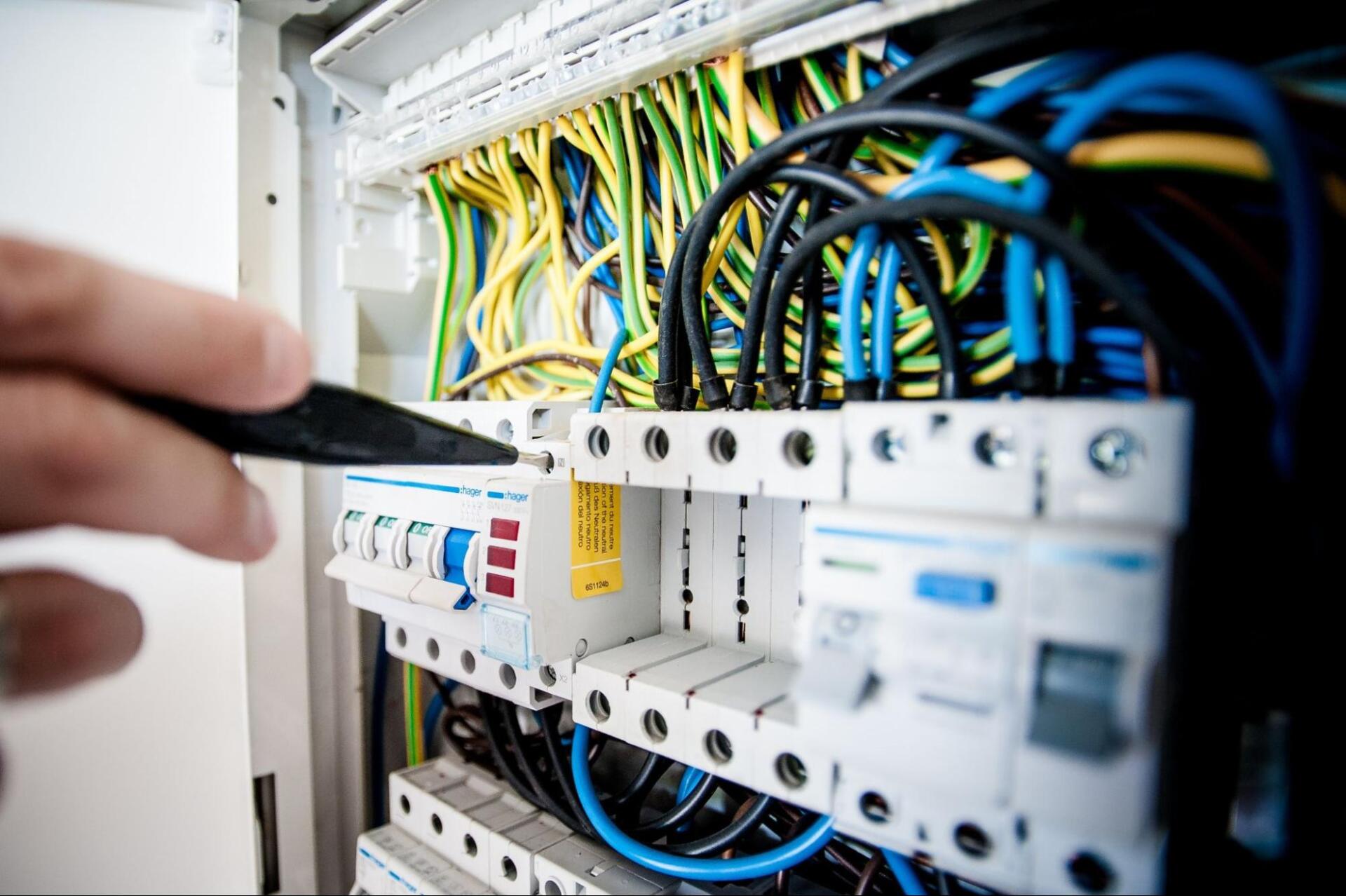How M2M SIMs Are Driving the Smart Buildings Movement
Smart buildings are becoming increasingly important in a sustainably aware society. With the growing pressure to reduce energy consumption and waste, simple ways to monitor and control the built environment are becoming ever-more essential. New builds are being created with this in mind – both for residential and business properties. While technology has evolved to allow older, even heritage buildings, to be retrofitted with devices enabling the spaces to be used more efficiently, for a reduced carbon footprint. But without M2M SIM, this process would be far more invasive and expensive.
The Role of M2M SIM in the Smart Buildings Movement
What are smart buildings?
A smart building is defined by its use of technology to facilitate the creation of the most comfortable and safe working and/or living environment. While ensuring that resources are used as effectively as possible. This can include climate control, distribution of resources, smart maintenance, and predictive maintenance.
How do smart buildings work?
The smart building infrastructure is facilitated by sensors. Tiny sensors are deployed throughout the building to collect and feedback various data points. This can range from building occupancy to individual room temperature, and water consumption. These data points are then fed back to a central control point. Depending upon individual user settings, the data can be used to either automatically manage the building’s environment and maintenance routines through AI (artificial intelligence). Or provide managers with the information they need to initiate any required changes.
How is the data transferred?
The real beauty and benefit of smart building management in the age of the Internet of Things (IoT) is that all of this data gathering and transfer can be done without any structural intervention. Sensors are now powered by tiny, super long-life batteries. And can transfer data via either a standard internet connection, or through the use of M2M SIM. This means that the sensors can be used almost anywhere, to gather almost any kind of data. Because there is no need for structural integration, the sensors can be deployed at a far reduced cost. And they can work without reference to any legacy systems.
What’s the benefit of smart buildings?
Smart buildings are beneficial for all kinds of reasons. Sustainability is a primary reason for building smart technology into your building’s infrastructure. But it can also help to reduce expense, as resources are only used where they are needed. It can enhance productivity, as workers are more comfortable, healthier, and happier with their working conditions. Smart sensors can provide a watertight record of compliance adherence – whether for specific issues, such as Covid-19, or broader health and safety compliance. And you can benefit from reduced downtime, as predictive maintenance helps to prevent problems before they occur.
With smart sensors and M2M SIM, any building can now become a smart building. Data can be gathered and transmitted from any location. Allowing managers to take control of their assets – and provide the best experiences for their people – wherever they are in the world.
If you’re looking for more information about M2M SIM for smart buildings – or any other application – get in touch with Better M2M today.










